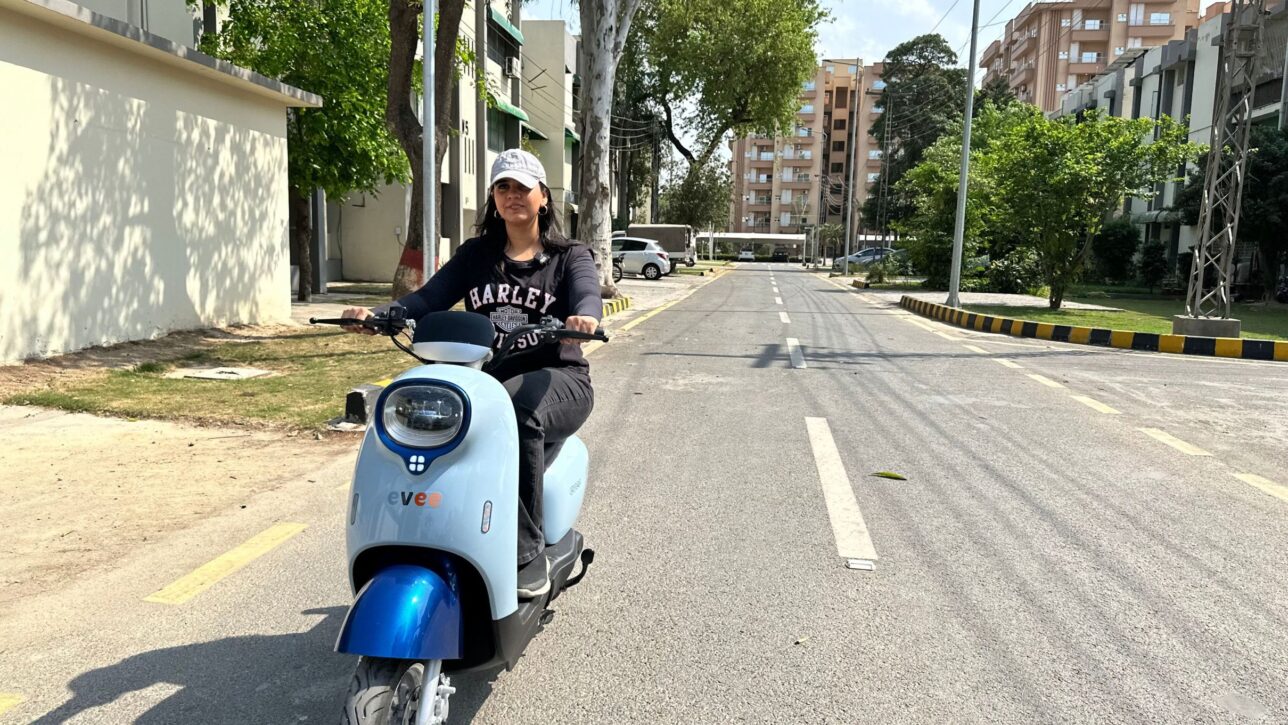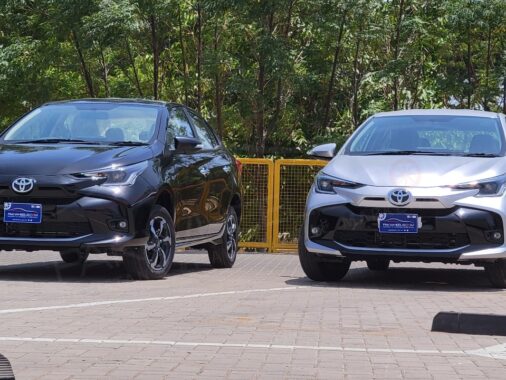Female scooter riders are picking growth in Pakistan, and most probably, you’ll see at least 2-3 female scooty riders during your daily commute, especially if you’re in an urban city like Lahore, Islamabad, and Karachi.
The problem with these female scooter riders is that most of them don’t know road rules, which causes trouble and frustration for other drivers and motorcycle riders on the road. We are not saying all female riders are like that, but most of them aren’t aware of basic road rules. This is mainly because they are new riders, and it will take time to get familiar with them. Also, driving against the rules is quite common on Pakistani roads, so we think it is a general problem.
So, here’s a quick and easy guide on all the essential road rules so you don’t cause trouble and frustration for other people on the main road.
We highly suggest you read this guide if you’re a female rider or share it with any female rider you know. Thanks!
Know the Lanes
In urban roads, there are three main lanes:
- 1st lane is slow lane
- 2nd lane is a fast lane
- 3rd lane is the overtake lane
You can’t just put your electric scooter anywhere in the lane you like; there are rules.
- If you ride slow, like lower than 50 km/h, your lane is the first lane, where you’ll mostly see other slow vehicles like Chingchi, Rickshaw, and Loader rickshaws.
- If you ride at normal speed, like at 60 Km/h, your lane is 2nd lane.
- If you ride at a very high speed, like 70-100 km/h, your lane is the third one, the overtaking lane. But we don’t think female riders ride that fast, and their EV scooters cannot touch that speed, so that’s probably not your lane.
A number of female riders don’t know about lanes as they are new drivers, and it could be frustrating for other drivers who need to slow down to accommodate them.
Therefore, from now on, remember your lane.
Give a Way to Other Drivers Behind You in 3rd Lane
If the car behind you gives you a dipper (quickly changing the beam of the headlight), it means the driver is asking you to give it away. Changing lanes to let the car behind you pass is a road norm, and it’s just the rules of the road, especially if you’re in the third lane, which is intended for overtaking.
Use Indicators
Even if you want to change lanes, you must signal using the indicators. The indicator switch is located on the left side of the handle, near the headlight and horn buttons. Use it whenever you plan to change lanes or make a turn.
This way, the driver behind you will know you’re about to change lanes or direction and can adjust accordingly. Stretching your arm instead of the indicator isn’t a proper way; mainly, those bike riders who don’t have any indicators use this type of alternative, but you must use the indicator.
Use Mirrors and Check Blindspot
Always use your mirrors to check for any vehicles in your blind spot before changing lanes. Mirrors give you a quick view of the traffic around you, helping you spot cars or motorcycles that might be approaching from behind. However, mirrors alone don’t cover every angle, so it’s best to combine mirror checks with a glance over your shoulder to ensure the lane is clear before you move.
Blindspot is an area around a vehicle that is not visible to the driver in the mirrors. For example, there might be another motorcycle approaching your left, but you don’t see it in the mirror because it’s at the angle of a blindspot. Therefore, if you’re trying to make a sharp curve, better rotate your head for a glance.
This habit can prevent accidents and make lane changes smoother and safer.
Last but not least, here is a step-by-step guide on riding an electric scooty for girls, watch:






